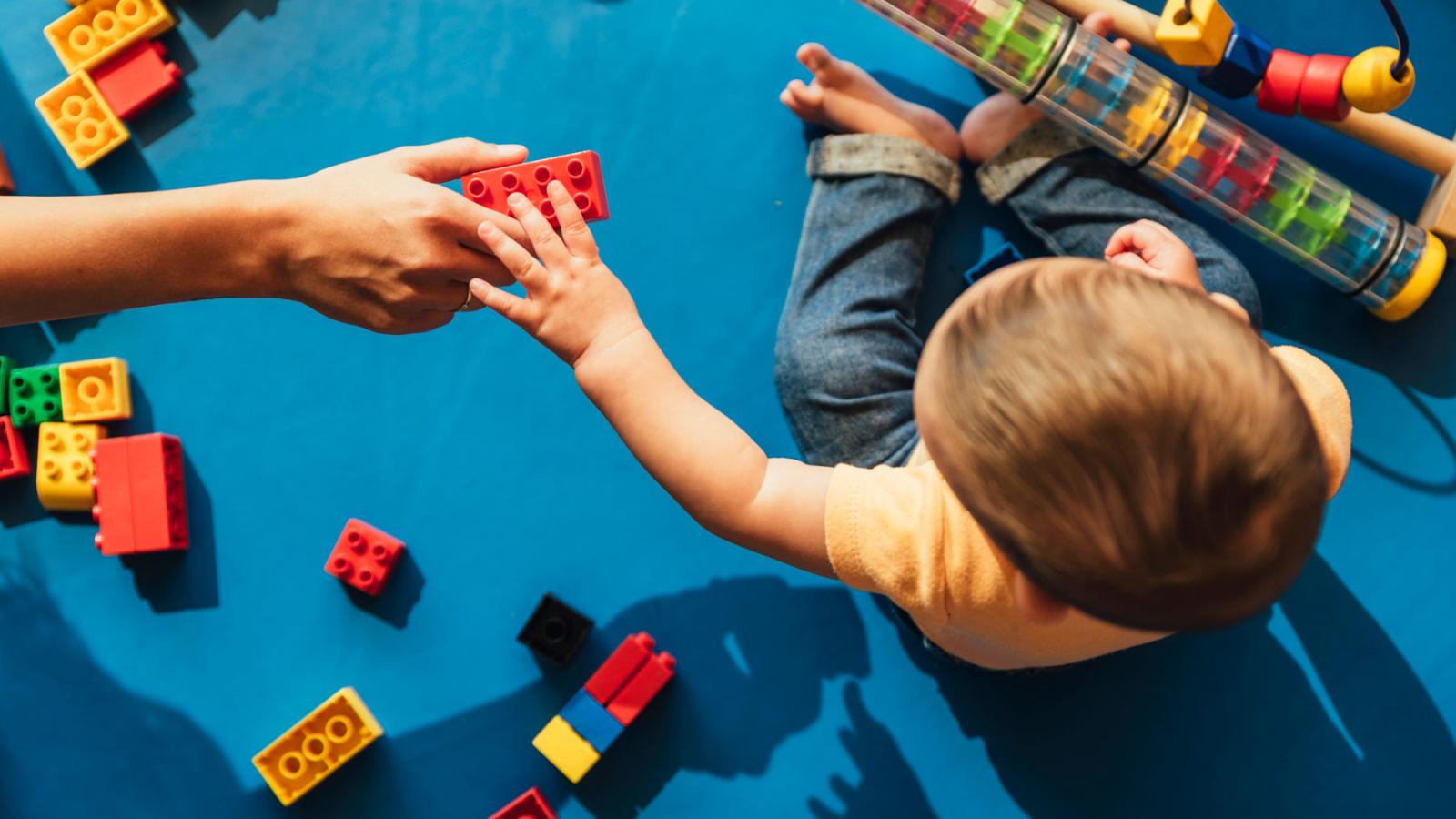Banner

Title
resources
Resource Library
Our Resource Library contains materials and assistance for early childhood educators and those they serve. Explore our selection of podcasts, tip sheets, websites, documents, and self-study courses.
Results: Page 201 of 206
| Resource Name | Description | Resource Type |
|---|---|---|
| What to do When Children Bite | Participants of this info module will learn why children bite, strategies to prevent and/or eliminate the behavior, and how to intervene if biting occurs. | Info Module |
| What to do When Children Bite | Biting is one of the ways young children express their needs, desires, or feelings. Once you understand why and when a child is likely to bite, you can try to change situations in order to prevent it. This tip sheet provides strategies to use with children who bite. | Tipsheet |
| What to Do When Your Child Chips or Knocks Out A Tooth | "Kids can be rambunctious and rowdy. Especially during the warm summer months when they're outside playing sports and running around. When they eventually take a spill that knocks out a tooth, do you know what to do? In this pocast from the University of Utah, Pediatric dental specialist Dr. Hans Reinemer explains what you need to do for everything from chips and cracks to fully knocked-out teeth." | Podcast |
| What to Expect and When to Seek Help: Tools to Promote Social and Emotional Development | About the Tools: Throughout the tools, a strong emphasis is placed on strengths as well as concerns. The information under "What to Expect" not only offers a guide to healthy development and parenting, but provides information that parents can find reassuring about their child's behavior and their own parenting. The tools provide an opportunity to identify concerns at an early stage. The information under "When to Seek Help" includes concerns that might be addressed with additional information, as well as concerns that signal the need for further assessments and services. | Website |
| What We Know & Don't Know About Measuring Quality in Early Childhood & School-Age Care and Education | Measures assessing the quality of children?s environments and interactions in nonparental care settings were developed originally for use in child care research and as self-assessment tools for practitioners. Within the last decade, however, these measurement tools have moved into the public policy arena, where they are now used to make programmatic decisions and inform consumers about the quality of settings. As new demands are placed on quality measures to be used in accountability systems, important questions emerge about how measures function in these new contexts and in what ways measurement strategies could be strengthened. This brief provides an overview of what we know and what we don?t know, given the current status of the research, about three key questions concerning the measurement of quality. It also provides suggestions for ongoing research and dialogue related to each question. | Document |
| What You Need to Know about a Child’s Gross Motor Skill Development Before Kindergarten | "Backpack. Crayons. Markers. Glue sticks. New shoes. After you’ve crossed all the items off your back-to-school shopping list, you might think your child is prepared for kindergarten. But what about your child’s gross motor skills checklist?" Here is an article by Fraser Pediatric Physical Therapists, Olivia Haws and Pam Dewey. | Website |
| What You Need to Know: Early Intervention | Babies have many new skills to learn – lifting their heads, sitting up and saying their first words! Parents, grandparents, other family members and early care and education professionals sometimes have concerns about a child’s development. To learn more about early intervention services check out | Document |
| What Your Baby's Smile Can Tell You About Her/His Development | Infants’ earliest grins are a primitive impulse but become a communication tool; know the types of baby smiles Starting nearly from birth, infants' ethereal grins provide a window into their social and emotional development, researchers say. And the responses those enchanting and goofy expressions elicit can help program babies' brains for a lifetime of social interactions. | Document |
| What’s Baby Saying? | Written by Rebecca Parlakian at Zero to Three, "Research shows that getting to know your baby’s cues also helps the two of you build a strong, secure attachment—a loving, trusting relationship." | Website |
| When Children Miss Their Friends | "Since children are spending a lot of time at home these days due to COVID-19, they’re likely to really be missing friends from school and other parts of life. But there are ways to help children stay socially connected, even when they’re physically apart." Explore these activities from Sesame Street. | Website |
Results: Page 201 of 206